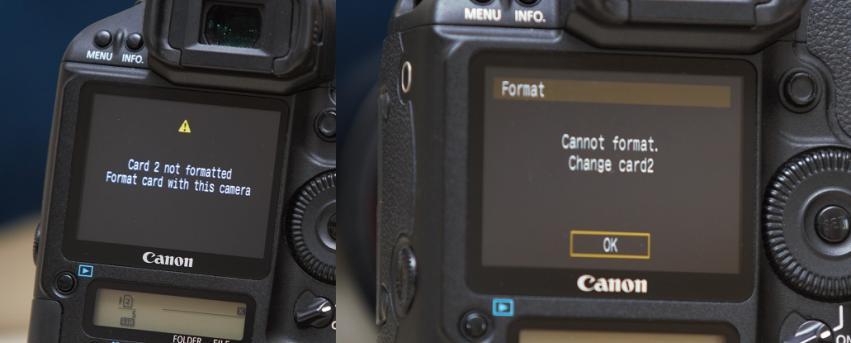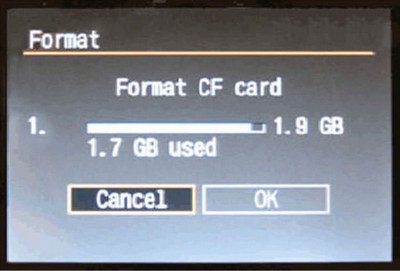

The only downer to the 3000 range is probably the size of the camera's.

Shouldn't really be saying anything about those in this review but every serious camera/gadget/photo freak (like me) should have one. The only camera's that take noticeably better images at this sensor size (APS) that I have seen is the Sony NEX's. I like to switch to live mode to compose the photo then switch back to the viewfinder and take the shot but that's my favorite way. The live view on the camera is great I think. and unless you really enjoy the process of photo editing after the event then you may as well just use it in jpeg mode. There is no real need to t ake RAW images with these camera's as the in camera processing is absolutely superb.

If you want shoot movies to use then get a video camera instead as the movies are just usable enough for an emergency really. I haven't seen any discernible difference between the D3000, the D3100, the D3200 and the D3300 to be totally honest so if anyone is looking for one of these and can't quite afford it, then don't be afraid to get a D3000 or 3100 instead.

Unless I need to crop the image and if I'm using a tripod, then I'll use the full 24MP's.The D3100 and the D3000 are both excellent camera's too. I usually use it at lower resolutions than the full 24mp's which saves space on the sd card. I'd have to say that the 3000 range of Nikon camera's are probably at the pinnacle of image quality for a consumer DSLR. Of course, you should only do this AFTER you've downloaded all the files from the card that you may want to keep, as formatting the card will remove all content.Impressive but no REAL need to upgrade to if you have a D3000 for example. This will wipe all the files from the card and set it up afresh for continued use with your Dash Cam. We recommend that you format the memory card every 2-3 weeks. This ensures the card is ready for that particular camera. When you buy a new memory card, it’s always good to reformat your camera before using it. If you use your computer to format your cards, there’s a chance your camera may not be able to read the file structure properly. Without getting into the technical details, the general consensus is that you should always format your memory card in your camera and not on your computer. Formatting is a more complete way of clearing old files from your card and can reduce the risk of data corruption. Instead, it’s better to get in the habit of formatting your cards. Simply erasing, or deleting, images on your memory cards don’t fully clear the cards of leftover data. Tips for stable memory card performance Format instead of Erase It is generally recommended to format the SD card once a month to free up space. This is when there is a build-up of protected files stored on the card, which shortens the recording time. With loop recording, the card will need to be formatted on a regular basis.


 0 kommentar(er)
0 kommentar(er)
